Ground spices are dried and milled versions of whole spices, offering concentrated flavor and aroma for cooking. This comprehensive guide covers everything you need to know about choosing, storing, and using ground spices to enhance your dishes. Learn about the top 10 essential spices, buying tips, storage secrets, and expert cooking techniques.
Table of Contents
- What Exactly Are Ground Spices?
- Why Ground Spices Matter (More Than You Think)
- Top 10 Ground Spices Every Kitchen Should Have
- Buying Guide: How to Choose the Best Ground Spices
- Storage Secrets: Keep Your Spices Fresh & Flavorful
- Cooking with Ground Spices: Pro Tips for Maximum Flavor
- Common Mistakes to Avoid When Using Ground Spices
- Spice Up Your Life: Creative Ways to Use Ground Spices
- Frequently Asked Questions
- Conclusion
What Exactly Are Ground Spices?
Ground spices are dried whole spices that have been milled into fine powders. This process releases volatile oils for immediate flavor and aroma, making them essential for quick seasoning in sauces, rubs, and baked goods. Unlike whole spices, ground versions provide faster infusion and even distribution in dishes.
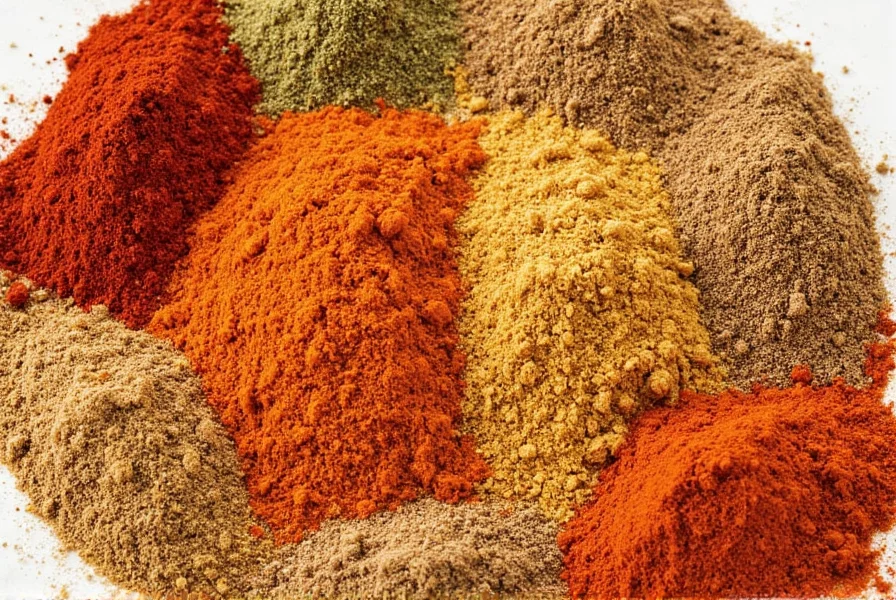
Why Ground Spices Matter (More Than You Think)
Ground spices offer unique advantages that make them indispensable in cooking:
- Flavor Accessibility: Disperse evenly in sauces and dry rubs for consistent taste
- Faster Infusion: Increased surface area releases flavors quicker than whole spices
- Convenience: Ready to use without toasting or crushing
Top 10 Ground Spices Every Kitchen Should Have
| Spice | Flavor Profile | Best For | Pairings |
|---|---|---|---|
| Cumin | Earthy, nutty, slightly peppery | Tacos, chili, curries | Coriander, smoked paprika |
| Paprika | Sweet, smoky (depends on type) | Goulash, paella, deviled eggs | Garlic, thyme |
| Coriander | Citrusy, floral, warm | Curries, soups, stews | Cumin, turmeric |
| Turmeric | Earthy, bitter, vibrant yellow | Golden milk, rice dishes | Black pepper, coconut milk |
| Cinnamon | Sweet, woody, warm | Desserts, Moroccan tagines | Honey, cardamom |
| Nutmeg | Warm, sweet, nutty | Baking, béchamel sauce | Milk, clove |
| Garam Masala | Complex, warm, aromatic blend | Indian cooking | Ginger, garlic |
| Sumac | Zesty, tangy, lemon-like | Salads, grilled meat | Olive oil, za'atar |
| Chili Powder | Spicy, earthy (varies by brand) | Tacos, chili, BBQ rubs | Cumin, garlic powder |
| Cloves | Strong, sweet, pungent | Ham glaze, mulled wine | Orange zest, allspice |
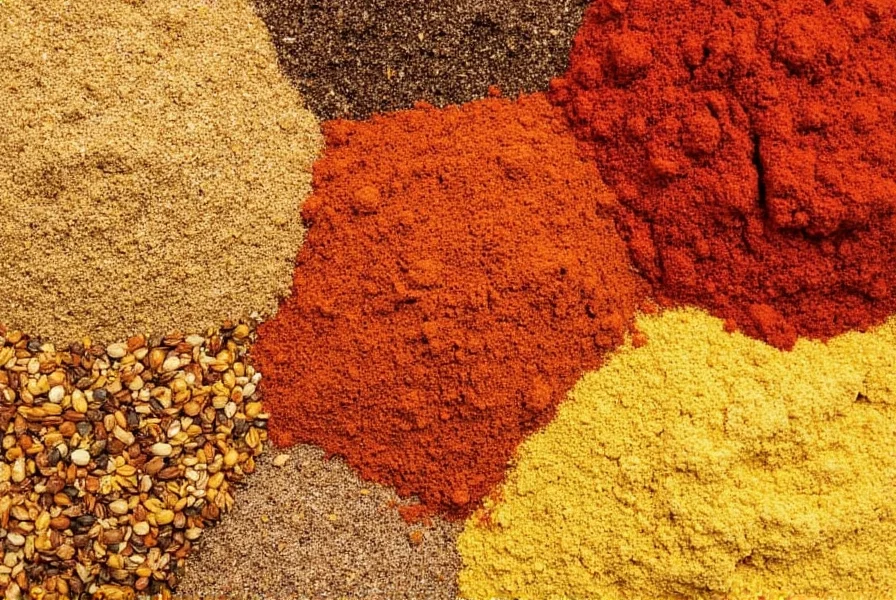
Buying Guide: How to Choose the Best Ground Spices
Choosing quality ground spices ensures maximum flavor in your dishes:
Look for Quality Markers
- Freshness: Check expiration dates - spices lose potency over time
- Source: Prefer brands specifying origin (e.g., Ceylon cinnamon vs. Cassia)
- Color Intensity: Vibrant colors indicate freshness (dull paprika is past its prime)
Brands Worth Trying
| Brand | Pros | Cons | Best For |
|---|---|---|---|
| Penzeys | Fresh, bold flavors, no fillers | Pricey, online only | Home cooks wanting premium quality |
| McCormick | Affordable, widely available | Less intense flavor | Everyday cooking |
| Simply Organic | Organic certified, sustainable packaging | Slightly pricier than generic brands | Health-conscious users |
| Spice Islands | Good middle-ground price/quality | Some blends contain anti-caking agents | Those wanting value for money |
Storage Secrets: Keep Your Spices Fresh & Flavorful
Proper storage preserves flavor and extends shelf life:
- Keep Them Cool: Store away from heat sources like stoves or ovens
- Dark Is Better: Use opaque containers or cabinets to prevent light degradation
- Air Tight: Seal jars tightly to block moisture and oxygen
- No Shaking Over Steam!: Avoid sprinkling directly over boiling pots to prevent moisture introduction
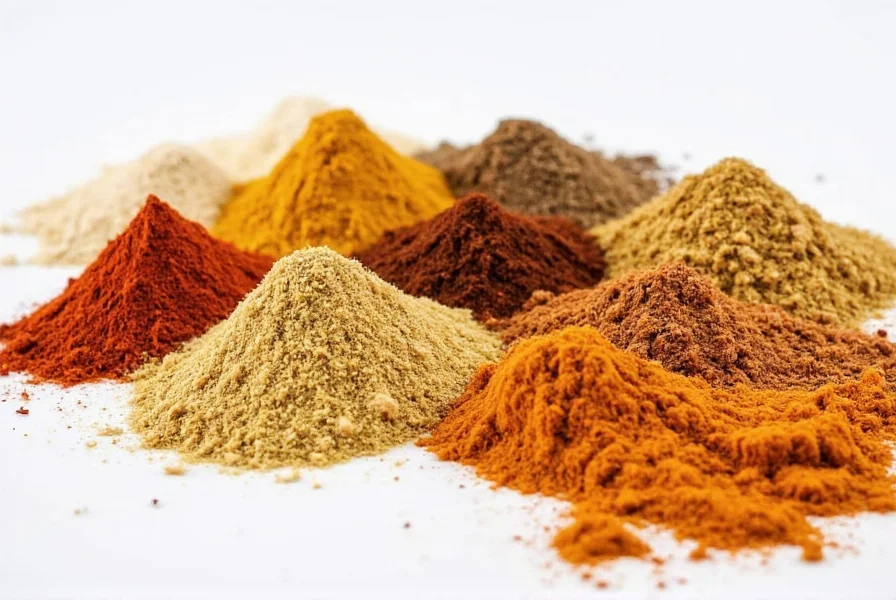
Cooking with Ground Spices: Pro Tips for Maximum Flavor
Unlock full flavor potential with these techniques:
Toast Before Use
Gently toast ground spices in a dry pan for 30-60 seconds to deepen flavor. Watch closely to avoid burning.
Bloom in Oil
Heat oil first, then add spices to release fat-soluble compounds. Essential for Indian, Middle Eastern, and North African dishes.
Add Early or Late?
- Early Addition: Use when building flavor bases (curry pastes, sofrito)
- Late Addition: Sprinkle toward the end for brighter, fresher notes (spiced popcorn, roasted vegetables)
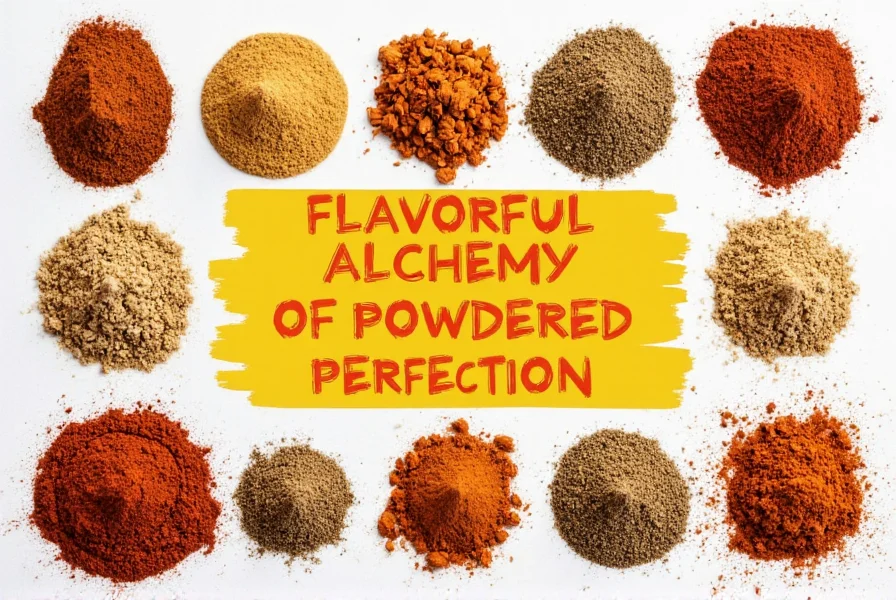
Common Mistakes to Avoid When Using Ground Spices
These errors can ruin your dishes:
- Using Old Spices: If cumin lacks aroma, replace it immediately
- Overseasoning: Start with less - you can always add more
- Not Adjusting Salt: Many blends contain salt - avoid doubling up
- Mixing Without Thought: Know which spices complement each other
Spice Up Your Life: Creative Ways to Use Ground Spices
Think beyond traditional uses:
- DIY Seasoning Blends: Mix paprika, garlic powder, and brown sugar for barbecue rubs
- Coffee Boost: Add cinnamon to coffee grounds for cozy morning brews
- Popcorn Power: Toss popped kernels with chili powder and lime zest
- Smoothie Surprise: Nutmeg enhances pumpkin smoothies; turmeric works in green drinks
- Homemade Body Scrubs: Combine spices with coconut oil and sugar for natural exfoliants
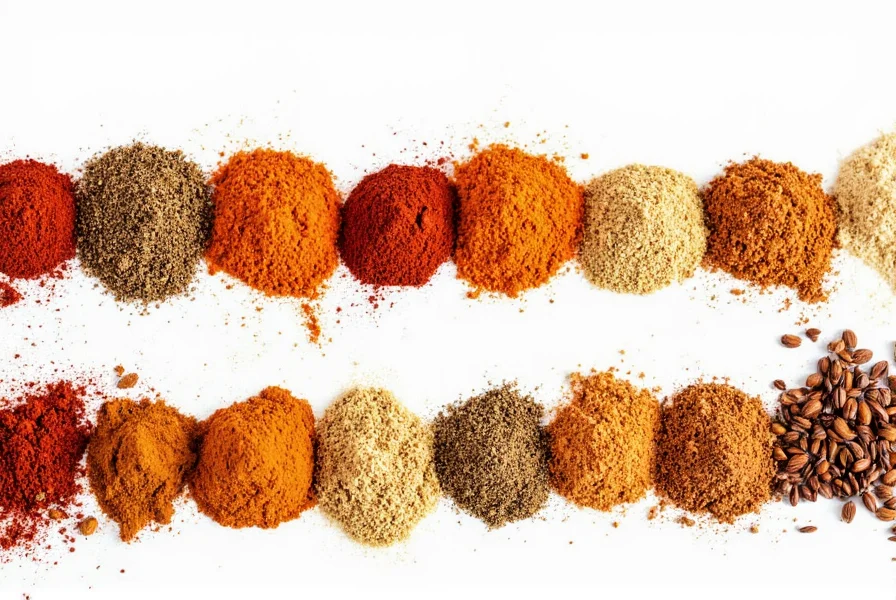
Frequently Asked Questions About Ground Spices
How long do ground spices last?
Ground spices typically maintain peak flavor for 6-12 months when stored properly in cool, dark places. Whole spices last longer (2-3 years). The best test is the smell test - if your spice lacks aroma, replace it.
Can I substitute ground spices for whole spices?
Yes, but use ½ teaspoon ground spice for every 1 teaspoon whole spice. Ground spices release flavor faster, so add them later in cooking than whole spices.
What's the difference between cinnamon and cassia?
True cinnamon (Ceylon) from Sri Lanka has delicate, sweet flavor with citrus notes. Cassia (commonly labeled "cinnamon" in US) is stronger, spicier, and contains higher coumarin. For large-quantity recipes, Ceylon is preferable for milder flavor and safety.
Do I need to refrigerate ground spices?
No. Refrigeration introduces moisture causing clumping and flavor degradation. Store in airtight containers in cool, dark cabinets away from heat sources.
Why do some recipes call for blooming spices in oil?
Blooming releases fat-soluble flavor compounds, creating richer, more balanced taste. The oil distributes flavors evenly throughout the dish - essential in Indian, Middle Eastern, and North African cuisines.
Are expensive ground spices worth the price?
Yes for frequently used spices. Premium brands use higher quality ingredients, grind more recently, and avoid fillers. For critical spices like saffron, quality matters. For everyday spices like paprika, mid-range offers best value.
Can I make my own ground spices at home?
Absolutely! Use a dedicated coffee grinder or spice mill for fresh, customizable ground spices. Toast whole spices first for enhanced flavor, then grind to desired consistency. Never use your regular coffee grinder for spices to avoid flavor contamination.
What's the best way to measure ground spices?
Use proper measuring spoons (not tableware) and level off with a straight edge. Start with less for potent spices like cayenne or cloves, as potency varies between brands and batches.
Conclusion
Ground spices are the versatile backbone of your pantry - powerful, convenient, and endlessly useful. Mastering their selection, storage, and application transforms ordinary meals into extraordinary culinary experiences. Start with quality ingredients, store them properly, and experiment with confidence to unlock new flavor dimensions in your cooking.
Remember: a little goes a long way. When used wisely, ground spices can turn even the simplest dish into something unforgettable.
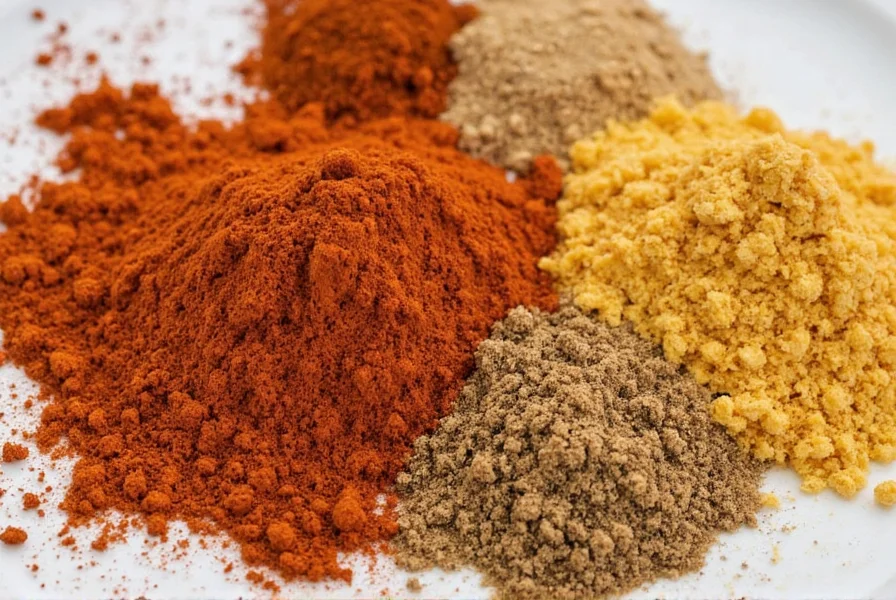
Final Tip:
Label and date your spice jars. You'll thank yourself later when you realize that 'mystery spice' isn't paprika after all…

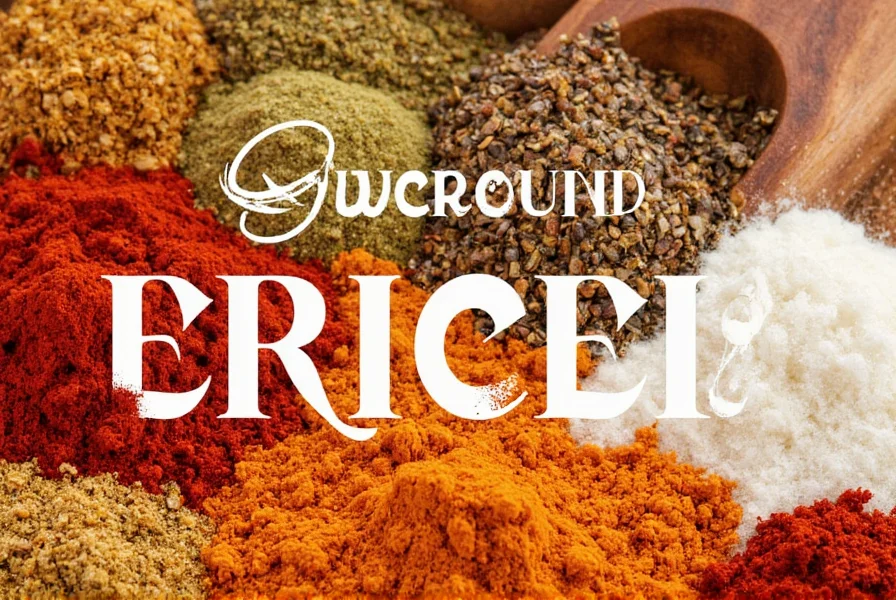









 浙公网安备
33010002000092号
浙公网安备
33010002000092号 浙B2-20120091-4
浙B2-20120091-4